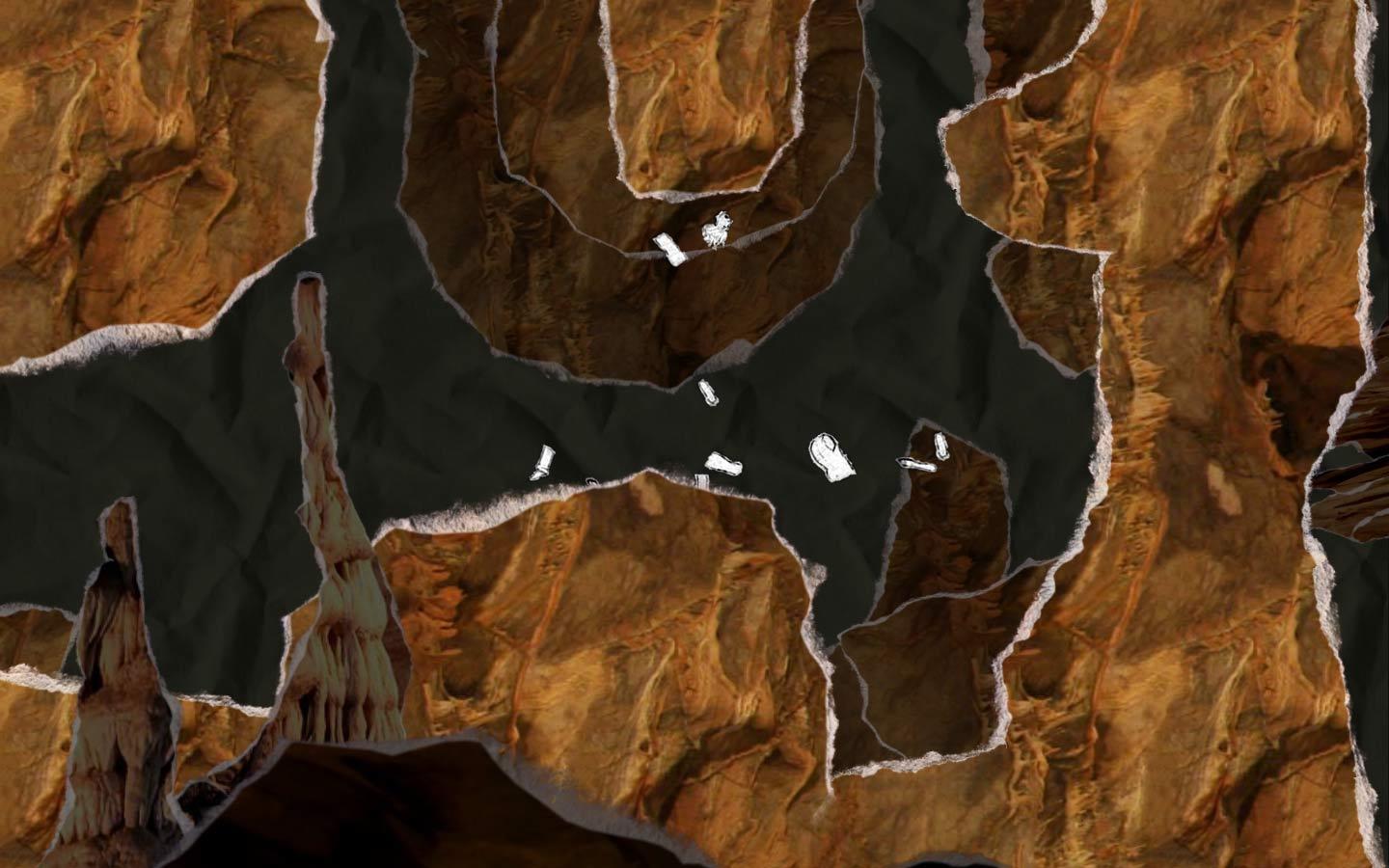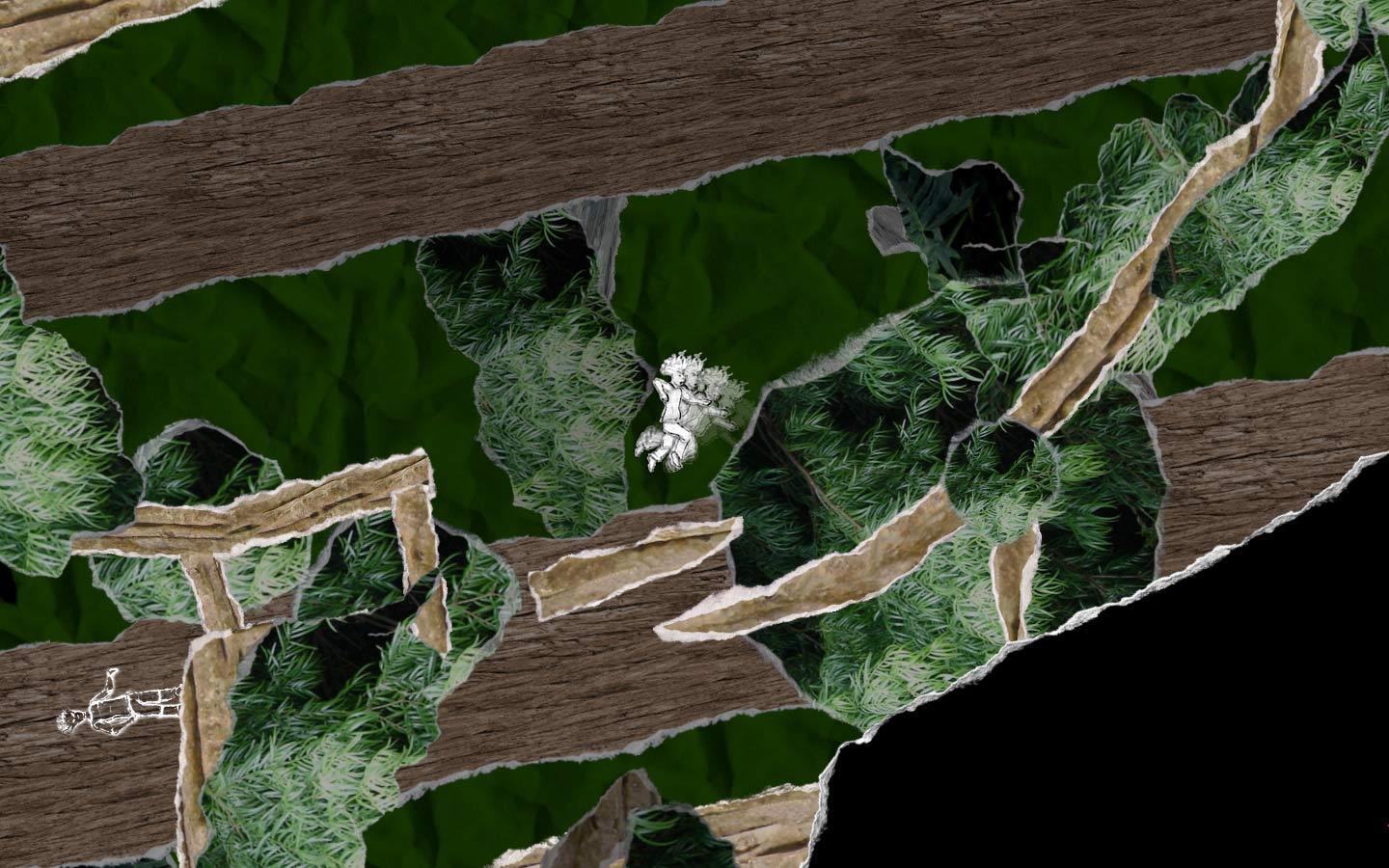I have been thinking about this a lot lately, and found that maybe as a game designer, you should be looking not only outside of game design, but even outside of other established design categories.
Of course, certain design disciplines inform each other very directly and specific principles can be directly translated from one design field to the other. For example, looking at camera techniques in film will certainly help when thinking about camera movement in your game.
But when it comes to practising and discovering more general and abstract design principles and approaches, you don't necessarily need to (and in my opinion maybe shouldn't) search in traditional design areas. Rather, look for situations that you or others design in everyday life, maybe without even noticing. Only because most people do something unconsciously, doesn't mean you can't design it.
Take, for example, the concept of a conversational question. Conversation happens all the time, and a good way to start one is asking a question, but did you ever think about what makes the difference between boring small talk and an engaging discussion that people remember? Probably not, or at least not in much detail. Yet there's so much to learn from and trying to design a question. Think about what a conversational question tries to achieve, and how to achieve it. Ask different people different questions and analyze why some of them are more effective than others.
For me personally, exploring an unconventional design field like that on my own, is not only more exciting and fun, but also a much better lesson than memorizing design principles that other people came up with. That's a reason why I won't spoil the whole thing for you by writing down my thoughts on how questions work. (The other reason is laziness) I'll just say that I'm surprised by how insanely complex of a topic it is, and how many parallels can be drawn to game design if you just dig deep enough.
Also, turns out "Would you rather eat a butterfly-salad or a ladybug-salad?" makes for a pretty decent conversation starter...
Take, for example, the concept of a conversational question. Conversation happens all the time, and a good way to start one is asking a question, but did you ever think about what makes the difference between boring small talk and an engaging discussion that people remember? Probably not, or at least not in much detail. Yet there's so much to learn from and trying to design a question. Think about what a conversational question tries to achieve, and how to achieve it. Ask different people different questions and analyze why some of them are more effective than others.
For me personally, exploring an unconventional design field like that on my own, is not only more exciting and fun, but also a much better lesson than memorizing design principles that other people came up with. That's a reason why I won't spoil the whole thing for you by writing down my thoughts on how questions work. (The other reason is laziness) I'll just say that I'm surprised by how insanely complex of a topic it is, and how many parallels can be drawn to game design if you just dig deep enough.
Also, turns out "Would you rather eat a butterfly-salad or a ladybug-salad?" makes for a pretty decent conversation starter...





